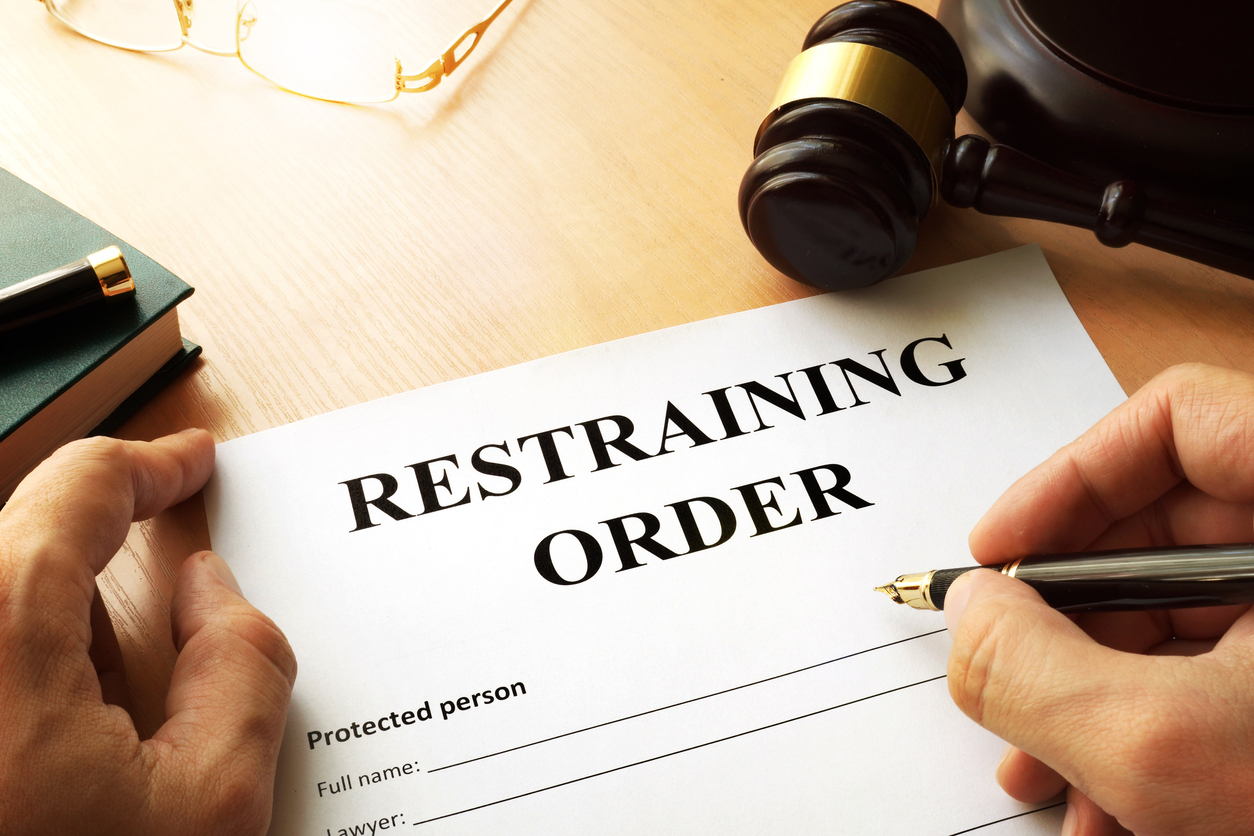
Welcome to Lass Law, where our team of experienced attorneys is dedicated to providing you with the best

Restraining orders are vital legal tools designed to protect individuals from abuse, harassment, stalking, or threats. Whether you are seeking protection from an abuser or defending yourself against a restraining order, understanding the legal process and your rights is essential. This guide provides comprehensive information on restraining orders, including their purpose, types, and the steps to obtain or contest one.
A restraining order, also known as a protective order, is a court-issued directive that prohibits an individual from engaging in specific behaviors, such as contacting or approaching another person. Restraining orders aim to ensure the safety and well-being of victims by setting legal boundaries for the accused individual.
There are several types of restraining orders, each designed for specific situations:
Domestic Violence Restraining Order: Protects victims of abuse by a spouse, partner, family member, or household member.
Civil Harassment Restraining Order: Addresses harassment or threats from someone without a close relationship to the victim, such as a neighbor or acquaintance.
Workplace Violence Restraining Order: Employers can seek this order to protect employees from threats or harassment at work.
Elder or Dependent Adult Abuse Restraining Order: Protects elderly or dependent adults from physical, emotional, or financial abuse.
Emergency Protective Order (EPO): A short-term order issued by law enforcement to provide immediate protection until a hearing can be held.
If you need a restraining order, follow these steps:
Document the Abuse: Collect evidence of the threatening behavior, such as photographs, text messages, emails, or witness statements.
File a Petition: Submit a request for a restraining order to the appropriate court. This process may vary depending on your location and the type of order needed.
Temporary Restraining Order (TRO): A judge may issue a temporary order providing immediate protection until the full hearing.
Attend the Hearing: Present your case to the court, including any evidence or witness testimony.
Comply with the Order: If granted, ensure that both parties adhere to the terms of the restraining order.
Violating a restraining order is a serious offense with significant legal repercussions, including:
Fines and Penalties: Monetary fines or court-ordered restitution.
Jail Time: Violators may face incarceration.
Criminal Charges: A violation may lead to misdemeanor or felony charges.
Modification of Custody or Support: Courts may revise existing arrangements to ensure the safety of affected parties.
Restraining orders provide critical protections, including:
No Contact Provisions: Preventing the abuser from contacting the victim through any means.
Stay-Away Orders: Requiring the abuser to maintain a specified distance from the victim’s home, workplace, or other locations.
Firearm Restrictions: Prohibiting the abuser from owning or possessing firearms.
Temporary Custody Orders: Ensuring the safety of children involved.
At Lass Law, we understand the challenges and urgency of restraining order cases. Our experienced attorneys provide compassionate support and skilled representation to protect your rights and safety. Whether you seek a restraining order or defend against one, we are here to help. Contact us today to schedule a consultation and take the first step toward resolution and peace of mind.
Evidence can include text messages, emails, photographs of injuries or property damage, police reports, and witness statements. Documentation of past incidents strengthens your case.
The duration varies by type. Temporary orders typically last a few weeks, while permanent restraining orders can last several years, depending on the judge’s decision.
Yes, either party can request modifications or termination of a restraining order by filing a petition with the court and attending a hearing to present their case.
Gather evidence to refute the claims and consult an attorney to represent you in court. It’s crucial to comply with the order until the hearing to avoid further complications.
Yes, restraining orders often include temporary custody or visitation arrangements to ensure the child’s safety and well-being.